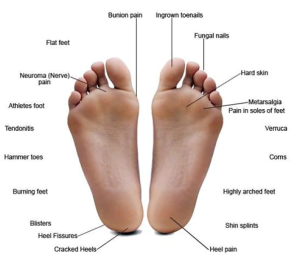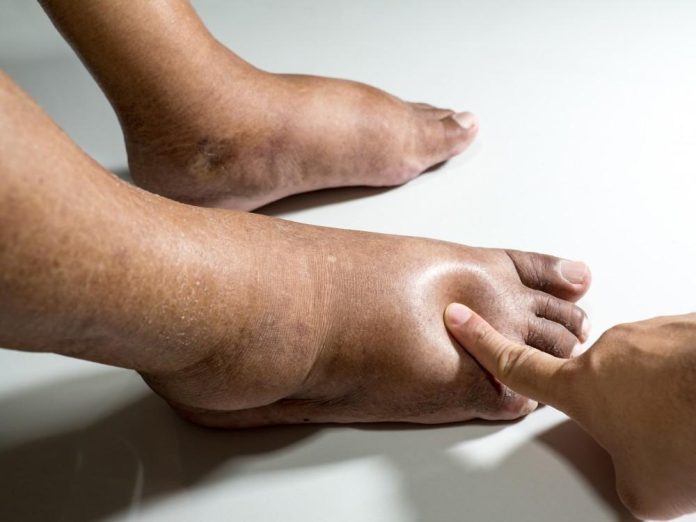Experts say 15 per cent of patients with diabetes develop foot ulcer at some point in their life, and that ill-fitting footwear frequently contributes to foot ulceration.

The World Health Organisation defines diabetes as a chronic disease that occurs either when the pancreas does not produce enough insulin or when the body cannot effectively use the insulin it produces. Insulin is a hormone that regulates blood glucose.
According to the National Action Plan on Sugar Reduction Coalition, diabetes treatment directly costs Nigeria N4.5bn annually, while a diabetes patient spends at least N300,000 yearly on healthcare costs.

Hence, diabetics are advised not to walk barefoot and to keep in mind that wearing proper diabetic shoes can protect feet and reduce risk of developing dangerous complications.
Daily feet inspection: It is important to note that diabetics are expected to daily inspect their feet, and to look in-between the toes to make sure that there are no calluses. Calluses are hard, thick patches of skin.
Wear accurate shoe size: Do not wear shoes that are too small or too big for you, as this may lead to blisters. Do not wear shoes that are tight, either. Instead, wear shoes with comfortable support.

Don’t wear slippers: Avoid wearing flip-flops [slippers] so that sharp objects will not pierce your feet.
Avoid high-heeled shoes: High-heeled shoes put pressure on your feet. They can also cause balance issues, especially if you have nerve damage, and they don’t allow for even distribution of foot pressure.
Wear socks: An article on Yahoolife recommends that diabetics should consider wearing socks with extra cushioning, without elastic tops, that are higher than the ankle and are made from moisture-wicking fibres.

An online portal, Foot Institute, says diabetic shoes have a protective inner layer that is stitched in.
“This layer is made of a material that is softer than regular shoe materials. The shoes are cushioned by soles to reduce the impact of movement on the foot.
Diabetic shoes are comparatively lightweight, so there’s not too much pressure on the nerves,” it stated.


